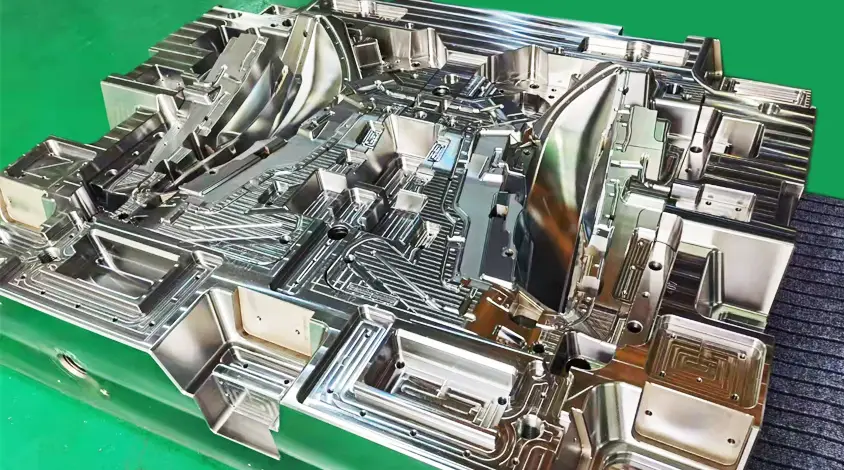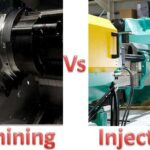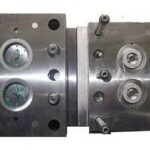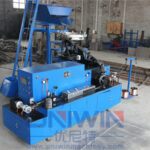Mold design is an integral part of the manufacturing process, helping to produce products and parts that meet the required specifications. A mold is used to shape raw materials into finished goods and its design can significantly affect quality, consistency and efficiency throughout production. Molds are employed in numerous industries such as automotive, aerospace, medical and consumer goods production to create complex parts with reduced waste while increasing productivity. In today’s fast-paced manufacturing world, mold design plays an increasingly important role in achieving success and staying ahead of competitors.
Importance of Mold Design Applications
Mold design applications are essential in manufacturing, as they help create precise, efficient, and effective molds. Mold manufacturing guarantees that the mold meets all necessary specifications and can withstand the rigors of production. CNC machining is an efficient way to craft intricate shapes and designs with high accuracy, saving time and money compared to traditional machining methods. Rapid prototyping is an invaluable asset in mold design, enabling the creation of functional prototypes that can be tested and refined before production begins. Overall, successful mold design applications improve product quality, reduce waste production, and boost efficiency throughout the manufacturing process.
Types of Mold Design Applications
1. Injection Mold Design
Injection Mold Design is an immensely growing mold design approach for manufacturing plastic parts. It uses a mold featuring a cavity or cavities, which are then filled with liquefied plastic using a plastic mold injector. The injection process occurs under high pressure, and post cooling. The mold is unfastened to extract the plastic part. This design methodology finds its applications in numerous domains, including but not limited to toys, automotive parts, and medical apparatuses.
2. Blow Mold Design
Blow Mold Design is a mold design application that experiences periodic surges in usage when creating void plastic goods. This technique necessitates utilizing a mold with a hollow space that mimics the final product’s structure. A warmed plastic cylinder, called a parison, is forced into the mold. The mold is then sealed, and air is hastily blown into the tubing, leading it to stretch and take the form of the mold. After the plastic cools down, the mold is opened, and the final product is extracted. Blow mold design encounters regular spikes in demand as it is widely used in producing items like bottles, containers, and other hollow plastic products.
3. Compression Mold Design
Compression molding is a manufacturing process that creates parts by compressing material in a mold. It creates a cavity for the material to go into, then closes it off and the compressed substance takes on the shape of the mold. Compression mold design can be used for high-precision parts such as gears, bearings and other mechanical elements.
4. Transfer Mold Design
Transfer mold design stands out among other mold design applications in producing highly precise and accurate parts. The material is heated, transferred to a separate chamber with the mold, and forcefully molded under high pressure, resulting in a replica of the mold cavity. This process is ideal for complex geometries, offering precise control over the material flow and versatility with thermosets and thermoplastics. Aerospace, automotive, and medical industries frequently use transfer molding, where ultimate accuracy and precision determine the final product’s success.
Conclusion
Recap of Mold Design Applications
Mold design applications are essential in manufacturing, as they create precise, efficient molds with specific features tailored towards different materials and production techniques. With so many available, finding one that suits your needs can be a challenge.
Injection mold design is ideal for producing complex parts with high precision, and it can handle a wide range of materials. Blow mold design offers an economical option to quickly produce large numbers of identical pieces – such as bottles and containers – while compression mold design produces parts with exceptional precision like gears, bearings, and mechanical components. Transfer mold design also has the same high precision requirements but requires greater accuracy in assembly.
Effective mold design applications can enhance product quality, reduce waste and boost efficiency during the production process. But other elements like material selection, part design and tooling also play a vital role in its success. Overall, mold design applications are essential elements of this step and have the potential to have a major influence on the final product.
Importance of Mold Design Applications in Various Industries
Mold design applications are essential in various industries as they offer cost-effective ways to manufacture high-quality products with precision and accuracy. Plastic injection molding, blow molding, compression molding and transfer molding are commonly used in automotive, medical aerospace and consumer goods industries. CNC machining and rapid prototyping can often be combined with mold design applications for quick prototype creation so changes can be made before production begins. Successful mold design reduces costs and increases efficiency during the manufacturing process, leading to higher-quality end products.





